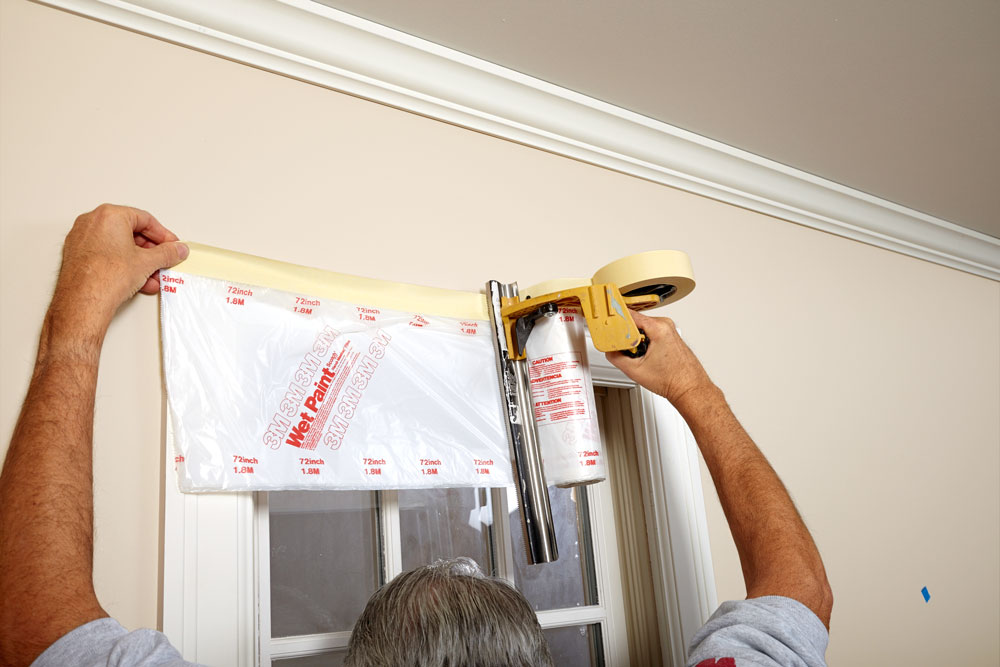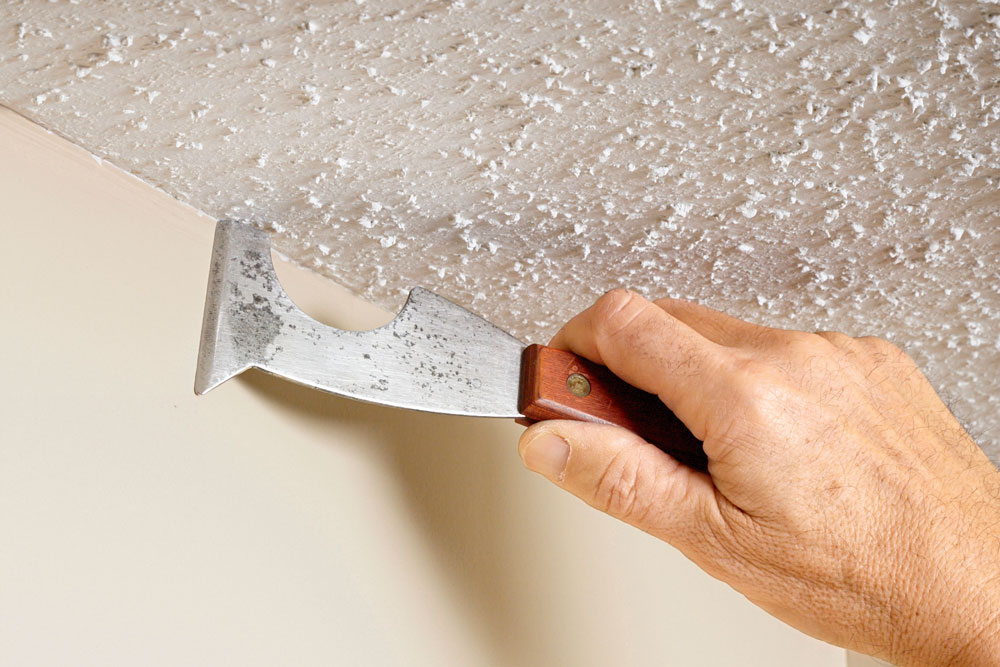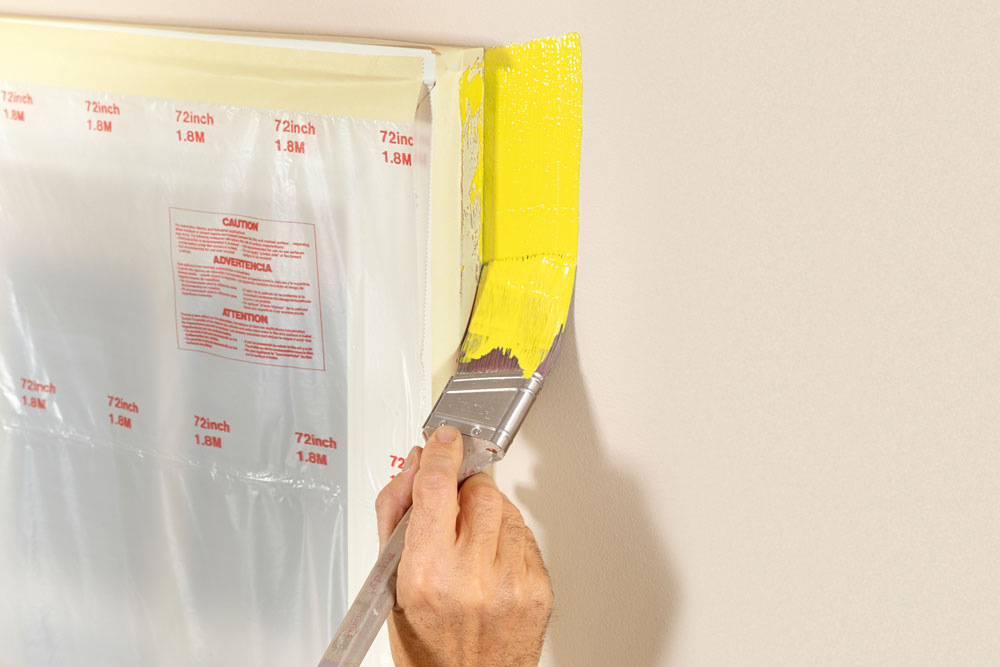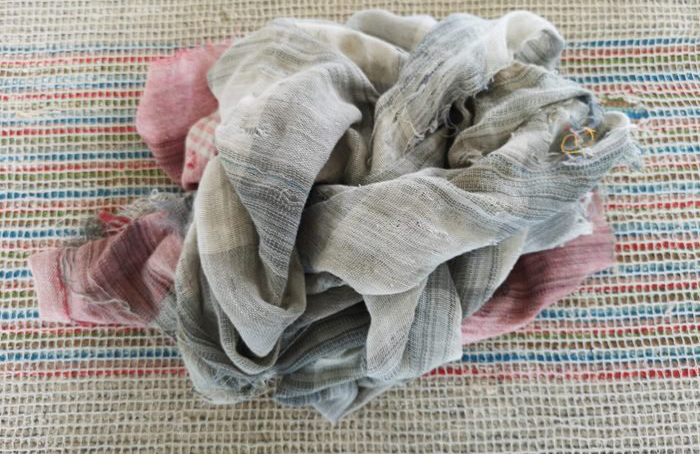Protect trim

When you apply masking tape to trim, run a putty knife or a 5-in-1 tool over it to set the tape.
This bonds the tape to the surface and helps prevent paint from seeping under it and onto the trim.
Use smaller drop sheets

Large drop sheets are great if you’re painting a ceiling, but they’re overkill for walls and trim.
Drop sheet runners are usually about a metre wide and are much easier and safer to work with because you don’t have to fold them several times.
Folded drop sheets are easy to trip on, and nothing good results from tripping with an open paint can in your hand.
Choose heavy-duty cotton canvas drop sheets for painting, as they can absorb drips and you won’t slip on them if you do have a spill.
And when they get dirty, you can wash them at a laundromat that has oversize washers and dryers.
Keep the carpet clean while painting skirting

When painting skirting, cover 5mm of the base edge with tape, pushing down hard on the carpet so it stays down while you paint.
Add a strip of wider tape to create a shield over the carpet then spread a drop sheet over the top.
When you remove the tape, the carpet will spring up to cover the unpainted edge.








